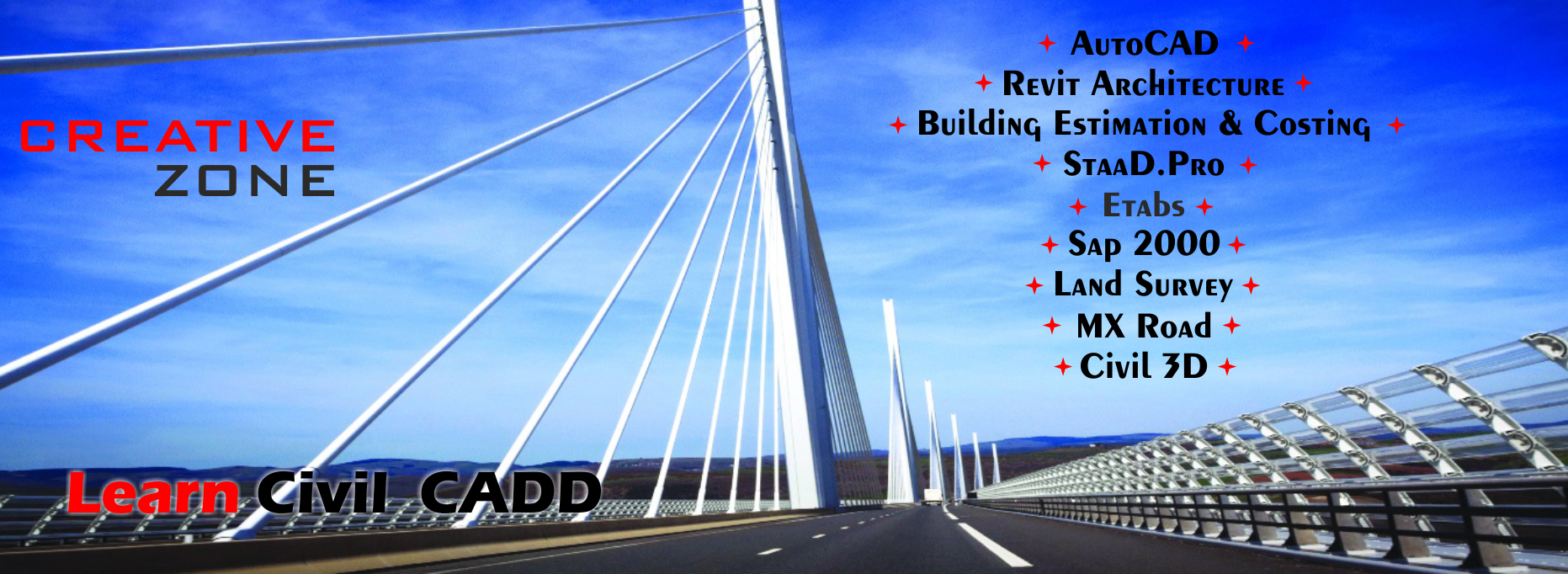
Electronic CADD
Autodesk’s Revit Architecture is a Building Information Modeling software tool for architects, structural engineers, engineers, and contractors. It allows users to design a building and its components in 3D, annotate the model with 2D/3Ds drafting elements and access building information from the building models database.
Revit comes with tools to plan and track various stages in the building’s lifecycle, from concept to construction and later demolition.
Why should you learn?
Revit software delivers tools that support architectural design, MEP engineering, Best structural design engineering, and construction. Revit is specifically built for BIM to help you design, build, and maintain higher-quality, more energy-efficient buildings. Comprehensive features make it an ideal solution for the entire building project team.
By learning Revit, you as a design and construction professional, will be able to bring ideas from concept to construction with a coordinated and consistent model-based approach.
Learning Objectives:
- CADD Centre provides a wide range of courses to help you master Revit Architecture that has some of the following core capabilities:
- Analysis: Building element energy analysis; Enhanced structural analytical model; Duct and pipe calculations to API; Physical materials for performance analysis
- Collaboration: Work-sharing – multiple users save their work to a central file; collaboration on shared models across a WAN; work from remote locations using a local server.
- Design: More easily model, edit, and document designs of stairs and railings; parametric components – graphical system for design, form making; HVAC/electrical design room color-fill plans and communication of design intent, visually.
- Visualization for creating displaced building design views; improvement of performance for visualization; capturing of design ideas in a photorealistic state, and reduction of project cost with cloud-based rendering.
Learning Outcome:
- You will know how to develop higher-quality, more accurate architectural designs; use tools specifically built to support Building Information Modeling workflows.
- You will know how to capture and analyze concepts, and maintain your vision through design, documentation, and construction.
- You will know how to do building element energy analysis; use the API to perform pipe/duct calculations; perform static analysis from the cloud; create/manage the structural analytical model; automatically update your model with analysis results; and improve BIM-based building performance workflows.
- You will know how to scan Revit model for collisions between elements; work with multiple users and save their work to a central file; collaborate on shared models across a WAN; streamline data management; and work from remote locations using a local server.
- You will know how to dock dialogs in a single window; more easily model, edit, and document designs; place air terminal devices on duct faces; restrict angles for pipe, duct, and cable tray; cap open ends of pipe or duct content quickly; rebar placement constraints customization; gain control over rebar placement; and get more rebar options when modeling.
- You will learn to crop non-rectangular model areas faster; easily manage elevation cut-line configuration; automatically display dimension values; annotate multiple elements with a single tag; define geometry and position for beams and braces; get greater control of schedule formatting; derive construction insight from design models; calculate/track detailed material quantities, display totals in current or load values, and create details from views of a 3D model.












